You need light poles for your commercial outdoor lighting project, but there are various types to choose from. Light poles come in many shapes, sizes, and materials. The question is, which type will best suit your needs? One of the best ways to answer this question is to determine their application and the environment in which they will be located.
This article will provide an in-depth look at different lighting pole types, including their design, materials, and specific uses. It will also focus on how different pole designs suit urban, park, and commercial environments. It will highlight modern features like integrated technology and present real-world examples to illustrate these concepts. This comprehensive overview will serve as a guide to understanding the diversity and functionality of light poles.
Types of Light Poles
Installation methods
Anchor base
For this type of installation, the light pole is anchored to a concrete footing with anchor bolts, nuts, and washers.
Anchor base poles are more costly and time-consuming to install but they are easier to replace and can withstand impacts.
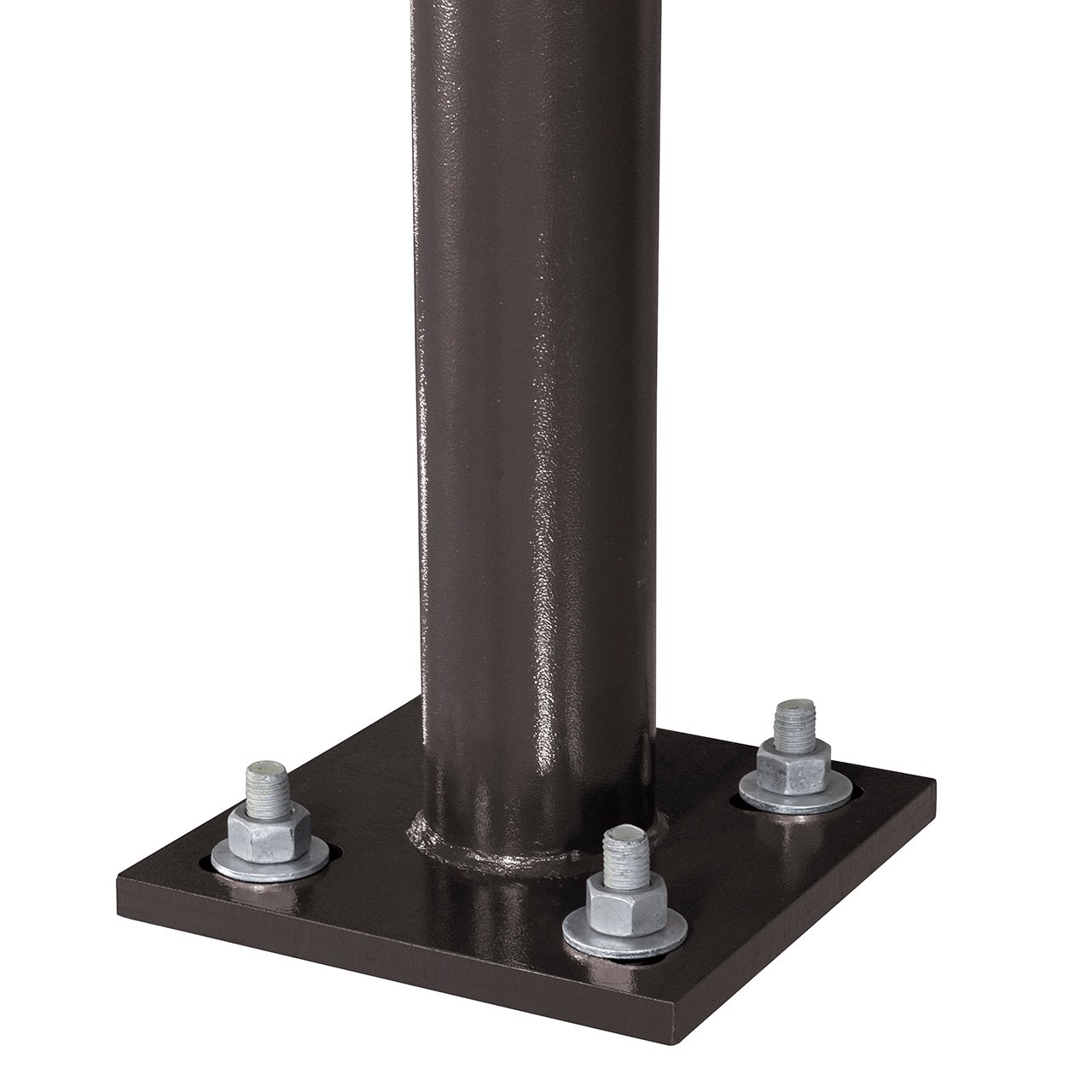
Direct burial
Also known as embedded poles, direct burial light poles are inserted directly into the ground. There is no concrete base and anchor bolts are not required.
They are easier and cheaper to install, but the pole needs to be taller to account for the section that will be underground. Direct burial poles are not suitable for burial in loose sand or soil. Replacing them is more costly and time-consuming.
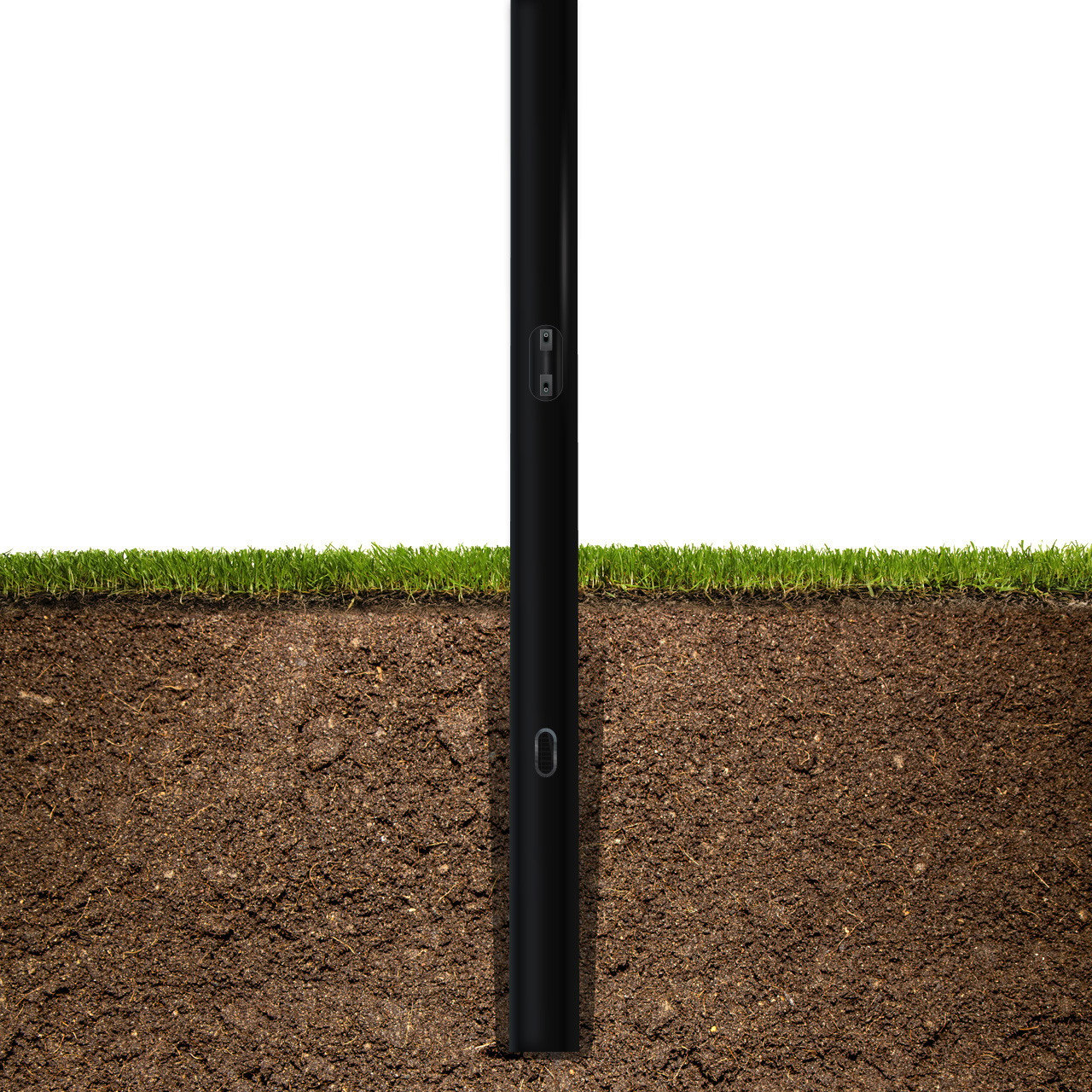
Shapes
There are two general types of light pole shapes: square and round.
Square poles have four corners whereas round poles are cylindrical.
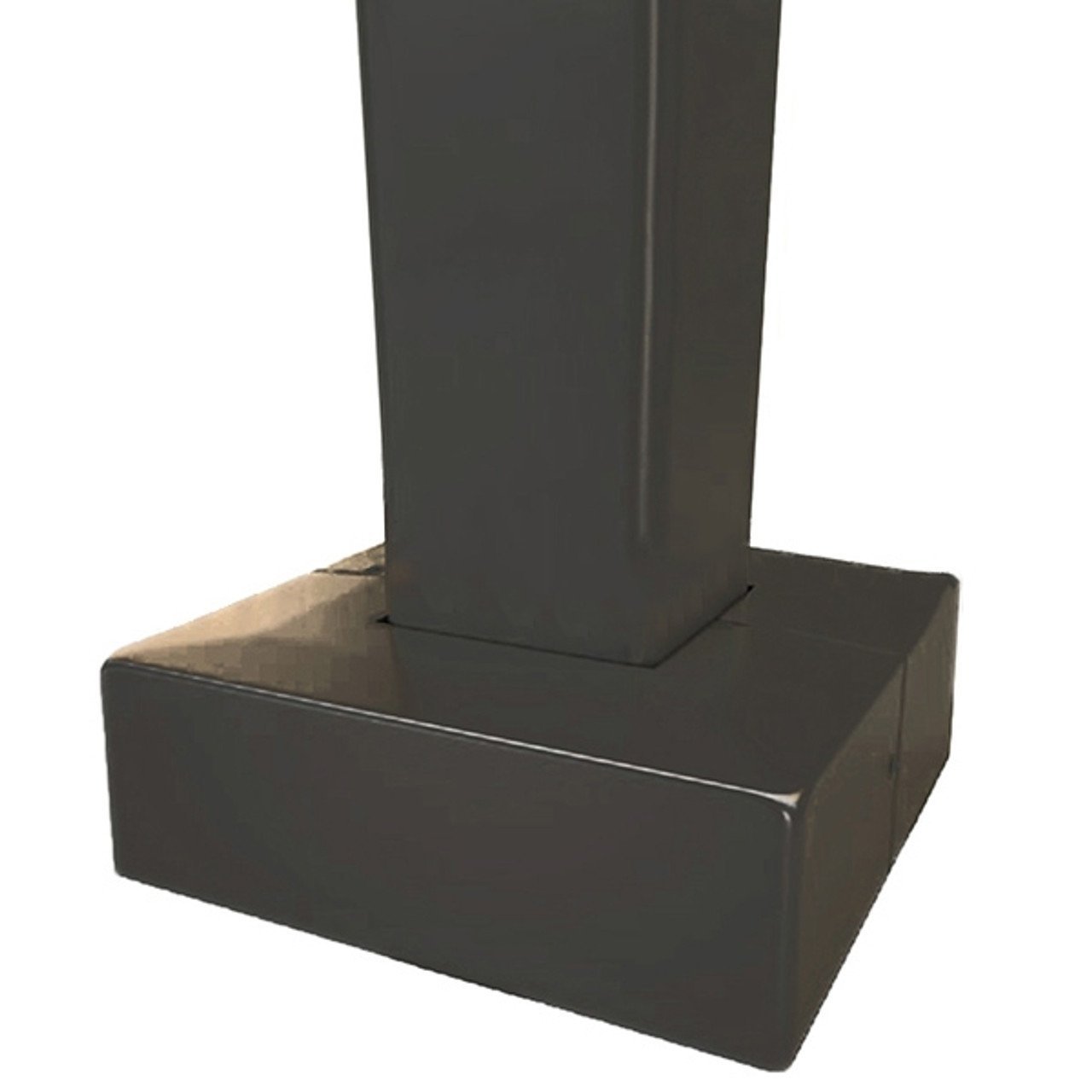
Round poles are more wind-resistant than square poles because square poles have flat sides. In the case of round poles, the wind can pass around the pole. This also makes round poles less prone to vibration.
Another advantage that round poles have over square poles is their stress points at the base. High winds concentrate stress on the pole base at the four corners of a square pole whereas the stress at the base of a round pole is more evenly distributed.
Both square and round poles can be tapered. This means that they are widest at the base and narrowest at the top.
Tapered poles are especially important if the pole is tall. Tall poles have more surface area than shorter ones and therefore should be tapered to ensure that they can safely handle high wind conditions. Tapered square poles can handle wind conditions better than standard square poles. Round conical poles are the best option overall.
Material Considerations
The three main materials that light poles are made from are aluminum, steel, and fiberglass. Each one of them has its benefits and drawbacks.
Steel
- Steel light poles are strong and durable, making them able to safely handle multiple mounted fixtures.
- They are economical compared to other types of light poles but do not have as long of a lifespan.
- They are not ideal for direct burial installations because the section below the ground will corrode quickly. Anchor base only.
Aluminum
- Aluminum light poles are lightweight which makes them easier to install.
- They are corrosion-resistant which makes them ideal for coastal areas due to the moisture and salt in the air.
- They have a long lifespan of 50+ years.
- Direct burial or anchor base options are available.
Fiberglass
- Fiberglass light poles are lightweight which makes them easier to install.
- They are corrosion-resistant and do not rust which makes them ideal for coastal areas due to the moisture and salt in the air.
- They are resistant to vibration.
- They are non-conductive, making them safe during electrical storms.
- They are the most expensive of the three material types.
- Direct burial or anchor base options are available.
Applications
Light poles have a wide variety of applications. These applications require particular features that better suit them for their usage.
Flood Light Poles
Designed for functionality, flood light poles are typically used for large-area outdoor lighting.
Shorter flood light poles (usually around 20-40 feet) are used for parking lots and residential street lights.
Taller flood light poles (usually around 50-70 feet) are used for sports fields, outdoor concert venues, and highways.
Decorative Poles
Decorative light poles add an aesthetic appeal to parks, city streets, commercial complexes, and residential areas. They are typically made of aluminum.
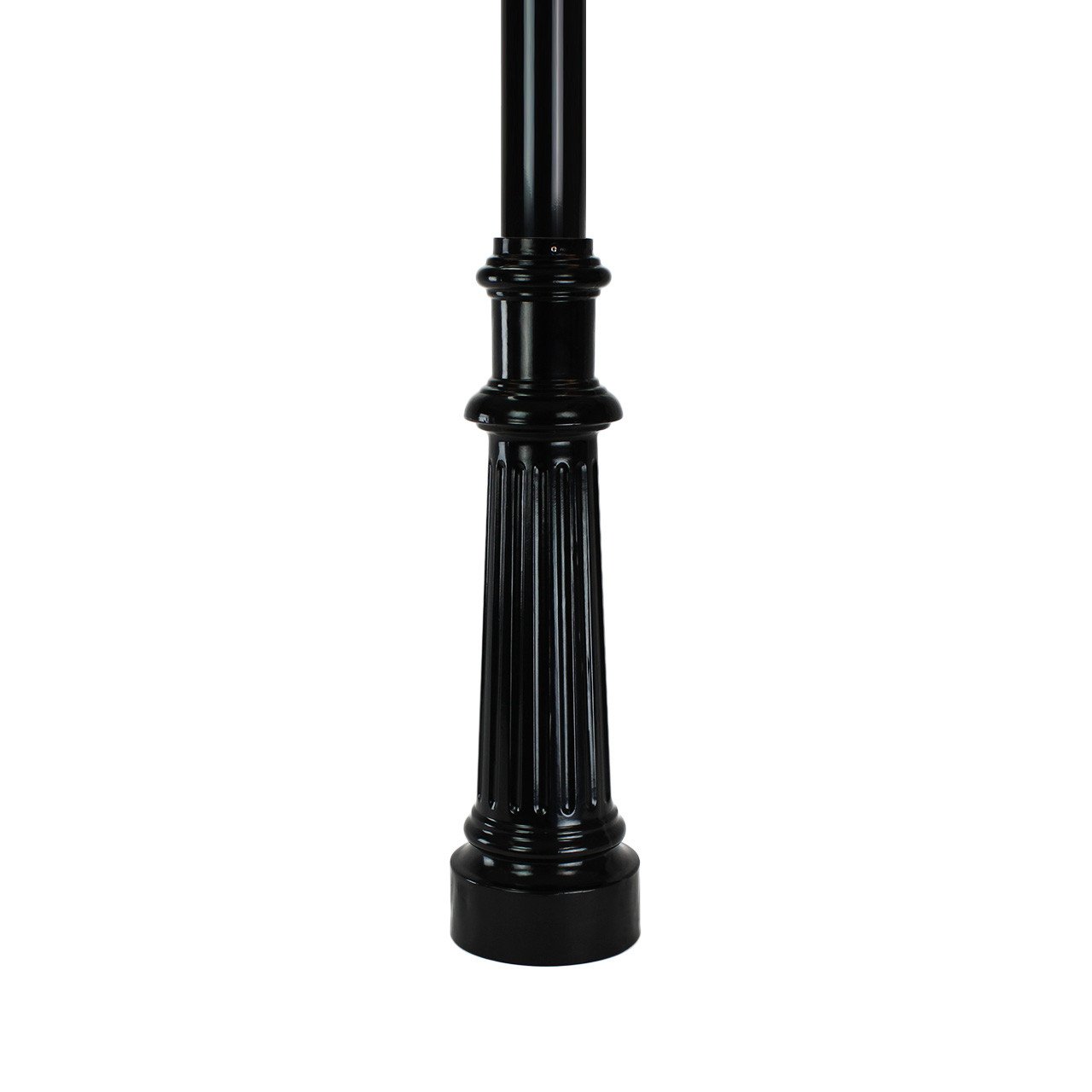
Security Camera Poles
Security cameral poles are basically the same as light poles but they have certain features that account for the fact that they have cameras mounted to them and not just light fixtures. They can be used to mount multiple cameras and/or fixtures and provide an unobstructed view of an area.
Fiberglass poles are ideal for this application due to their vibration resistance, which is important for video cameras.

Hinged Poles
These anchor base poles have a hinge that allows you to lower them horizontally. This makes it easier to maintain light fixtures or security cameras at the top without the need for a ladder or lift.
Hinged steel poles have a hinge mechanism installed in the mid-section of the shaft. The hinge is operated with a portable winch.
Hinged aluminum poles have a hinge mechanism at the base of the pole. They are much lighter than steel poles, which makes it easier to lower the entire pole rather than just the mid-section.
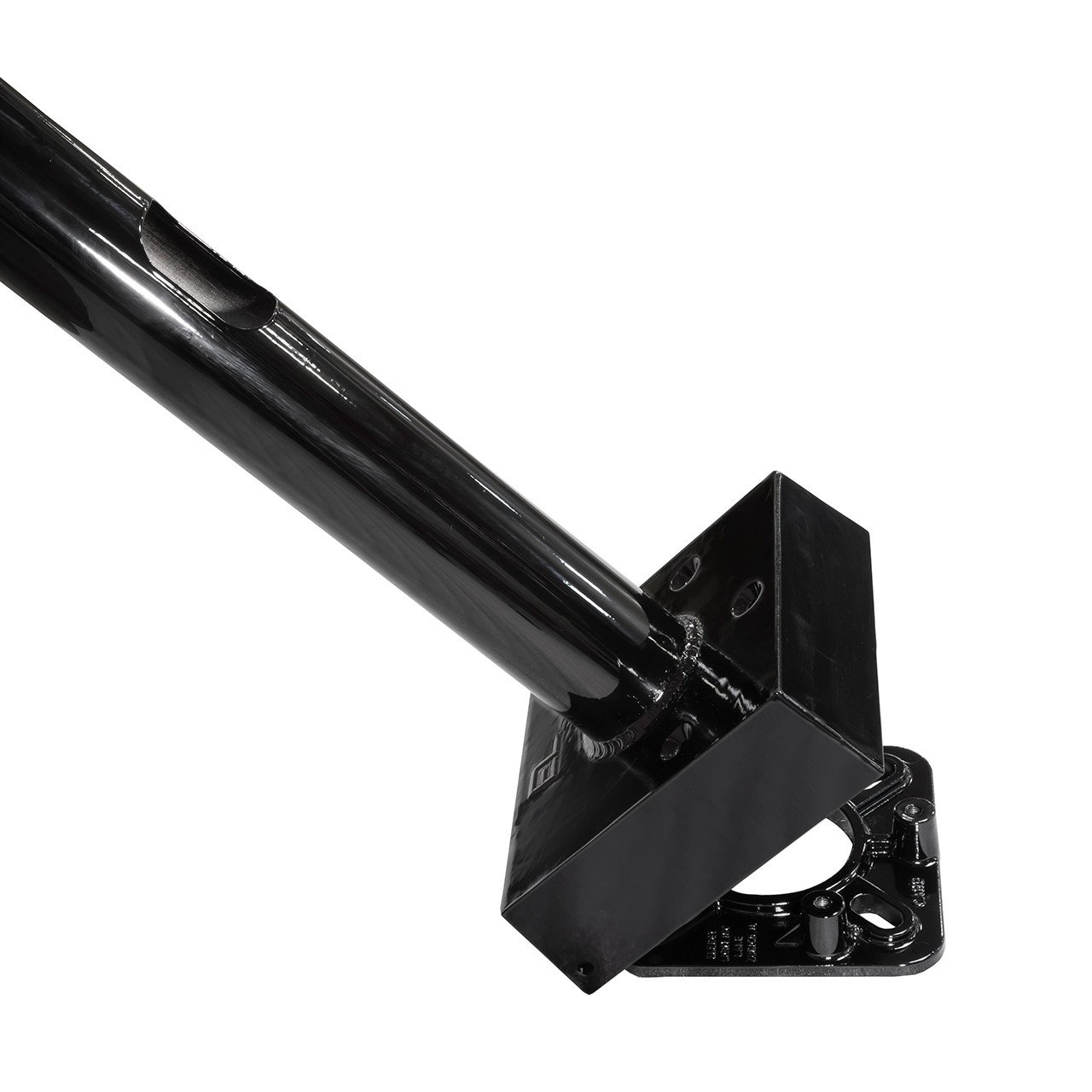
Hurricane-Resistant Poles
Hurricane-resistant light poles are stronger than standard poles. This allows them to better handle extreme winds brought on by hurricanes in coastal areas. They are anchor base poles made from steel or aluminum and they have a high EPA rating.
Smart Poles
Smart Poles are light poles that integrate technology for multifunctional uses in urban settings. These technologies include sensors, EV charging outlets, and surveillance cameras.
![]()
Sectional Poles
EZ sectional light poles are a unique patented product offered exclusively by LightMart. These square steel anchor base poles come in four-foot sections that can be assembled onsite before installation. A backyard pickleball or basketball court is an example of its application.
They ship via standard carriers. No expensive specialty carriers are required. Delivery can be made to residential areas without added expense or delivery issues.
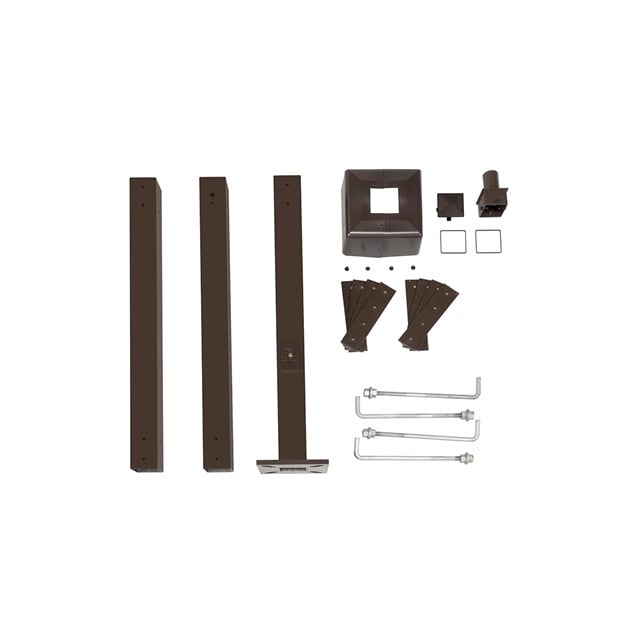
Choosing the Right Pole for Your Needs
There are many factors to consider when purchasing light poles based on location, purpose, and budget. At LightMart, we always ask our customers the following questions:
- What geographic area are the light poles being installed? This will tell us what kinds of environmental factors will determine the type of pole you’ll need, such as wind conditions or terrain. For example, steel poles will be a more economical solution but will not last as long in coastal areas due to corrosion acceleration.
- What is the application? Light poles used for residential streets will not be the same as the ones used for baseball field lighting. Light pole types used for parking lot lighting will not be the same as the ones used for highway lighting.
LightMart Can Help
Our friendly staff has the know-how and expertise to guide you through the buying process. We can help with your lighting project by determining the right products for your needs and your budget. We also offer Quick Ship light poles that are in stock and ready to ship to your location. Contact us today!
David DeWald is the E-Commerce Marketing Specialist at LightMart. He has been working in the industrial and commercial lighting industry since 2013 and is based in the greater Chicago area. David specializes in digital product management, web content writing, and product marketing. He regularly publishes lighting industry-related articles on the LightMart blog. You can visit his LinkedIn profile here.
